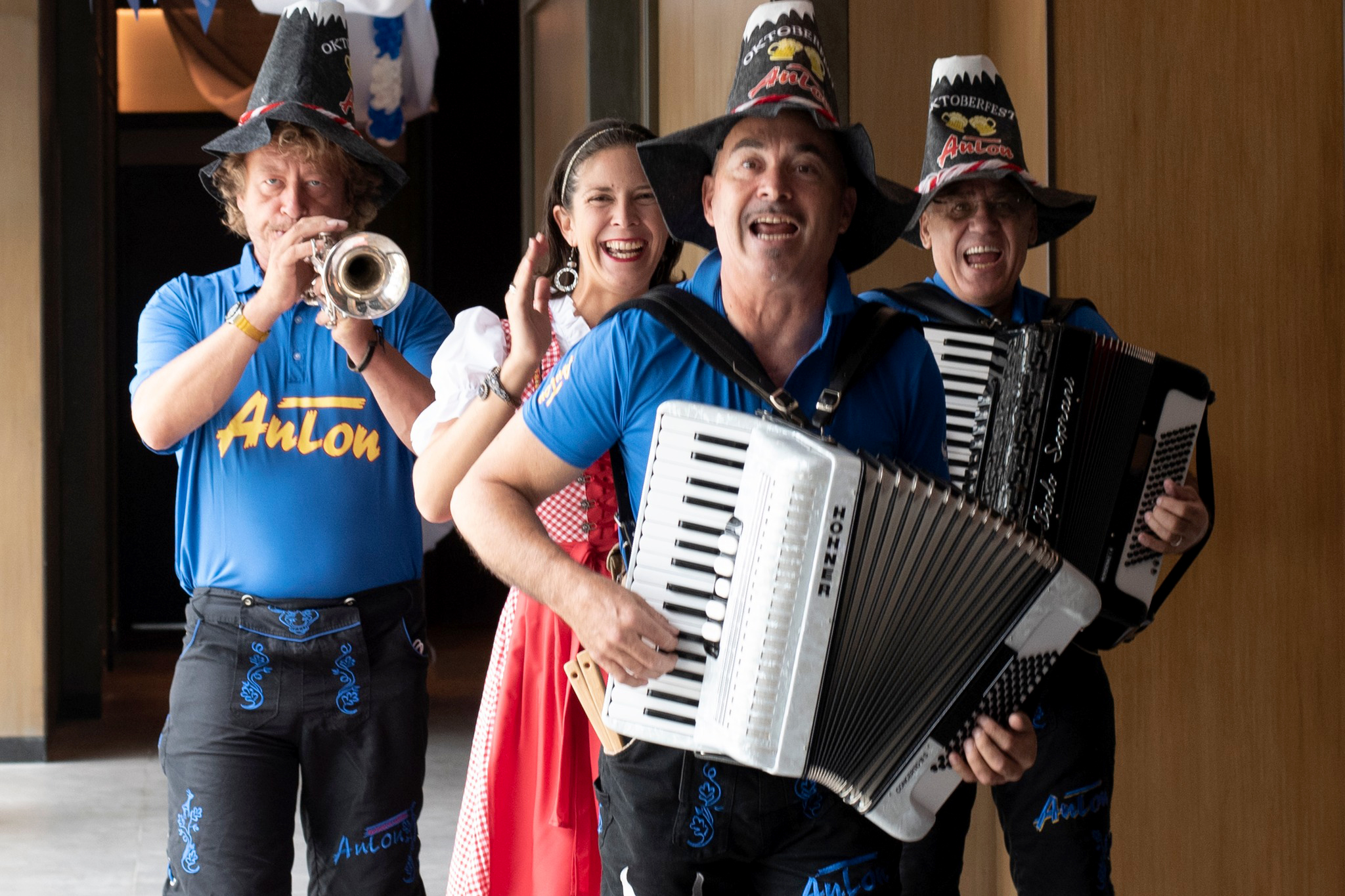And so it has come to this.
2016 is over — thank goodness — and 2017 has come. A new dawn, a new beginning.
While most are busy sticking to their New Year’s resolution, here’s a little something for those who are itching to literally get moving.
Here are five unforgettable destinations you can explore this year whether you’re looking for adventure, relaxation, or making a difference.
For the ultimate adventurer:
SAGADA, MOUNTAIN PROVINCE

Sagada is no longer this small remote town where few dare to tread. Thanks to a local rom-com movie and sensationalism, tourism in Sagada boomed beyond imagination. Traffic became an actual thing (especially in the summer), more hotels and restaurants opened, roads were paved and widened (sometimes at the cost of decades-old trees), crowds of tourists became a norm—even on weekdays.
However, despite all that has changed, Sagada is still best explored for its rugged beauty hidden behind limestones and trees.
But exploring nature’s beauty comes at a price, for Sagada’s demand for physicality is not for the weak. A seven-hour day trek around Sagada allows visitors to push their bodies to the limit and explore nature’s wonders like the breathtaking (literally and figuratively) Marlboro Mountain, the vast Echo Valley, their very own Underground River, and the small but mighty Bokong Falls. Saint Mary’s Cemetery and Sagada’s famous Hanging Coffins are also included in the trek.
Lace up your hiking boots, it’s going to be epic.
Getting there: Coda Bus Lines (Quezon City) has daily trips straight to Sagada (3 p.m. and 9 p.m., schedule may change depending on availability of buses) and vice versa. One trip takes about 12 hours. Another possible route is a six-hour bus ride to Baguio City from Cubao, Pasay City, or Sampaloc, Manila; then take another five-hour bus ride from Baguio to Sagada.
For easier online booking of bus tickets, check out www.PinoyTravel.com.
For the insatiable foodie:
PAMPANGA

Despite numerous delectable regional dishes in our 7,107 islands, Pampanga is still best known as the culinary capital of the Philippines. While some people are born with a silver spoon in their mouth, most Kapampangans (people from Pampanga) are born with a silver spoon in their hand — ready to eat and savor the goodness of their local cuisine.
Every foodie must make a pilgrimage to Pampanga, the birthplace of the proverbial Sisig: grilled and chopped pork face, ears, and innards mixed. Trust me (and Anthony Bourdain), it tastes way better than it sounds. Aside from this pork-tastic treat, Pampanga is also home to local delicacies like tamales and tokwa’t baboy (tofu and pork). Their local kakanin (rice cakes) are also worth lining up for, especially as a take home gift for friends and family.
One day in Angeles City is definitely not enough to experience the best it has to offer and a tour around the province will reveal more culinary treasures than one can expect, but if you’re looking for a good place to start this delicious and full-filling journey, you can never go wrong with the city of angels.
Getting there: From Cubao, Pasay, or Sampaloc (Manila), take a bus and get off at the Dau Bus Terminal. From Dau, Angeles City is just one 20-minute jeepney ride away.
For the mystery seeker:
SIQUIJOR

Siquijor is a place of gentle and friendly people. Stories and lore about witchcraft and paranormal creatures still abound, but once you experience the Island of Fire for yourself, you will understand that some stories are true and some stories are just folklore. Even better, you get to create your own stories once you’re there — stories of adventure, relaxation, and communing with nature.
There are two ways to explore Siquijor: the mountain route, which includes visits to faith/herbal healers and households that still practice witchcraft; and the coastal route, which highlights the island’s pristine beaches.
From the marvelous to the mystical, Siquijor has something to offer to quench your wanderlust.
Getting there: Major airlines fly from Manila to Dumaguete daily. From Dumaguete, Siquijor is just a one-hour ferry ride away from the Dumaguete Port. The main mode of transportation around the island is tricycles, whose fare is regulated by the local government, so fare is standardized depending on your destination.
For the intrepid explorer:
PALAUI ISLAND, CAGAYAN

Just getting there already requires dedication, commitment, and the wanderlust of a hungry explorer.
Roughly 18 to 20 hours from Manila by bus is Palaui Island in the northern province of Cagayan. Palaui offers breathtaking views and picturesque landscapes from sea to summit — just make sure to check the weather forecast when you visit.
The island itself is filled with several points of interest like Cape Engaño, a 120-year-old lighthouse built in 1892; Anguib Beach with its fine, white sand and unbelievably blue waters where visitors could do various aquatic activities like jet skiing and kayaking; and Crocodile Island, which gives you a 360-degree view of all surrounding islands.
Getting there: From Sampaloc, Manila or Cubao, Quezon City, take a 15-hour bus ride to Tuguegarao City in Cagayan Valley. Major airlines also fly to Tuguegarao daily from Manila.
From Tuguegarao’s city center, there are daily trips to Santa Ana (do not expect an air-conditioned van), which is three hours away. From Santa Ana Port, Palaui Island’s residential area Punta Verde is just a 20-minute boat ride. Take note: Visits to Palaui Island must be arranged and scheduled in advance and most boats do not depart beyond 4 p.m.
For easier online booking of bus tickets, check out www.PinoyTravel.com.
For the volun-tourist:
SAN FELIPE, ZAMBALES

If you’re looking for adventure in unspoilt islands, surfing thrilling waves all day, or experiencing the ways of an ancient indigenous tribe, Zambales has you covered.
Through MADTravel, a social enterprise built on the premise of “voluntourism” (volunteer + tourism), Raf Dionisio and Tom Graham merged their advocacy for reforestation and improving the lives of the Aetas of Sitio Yangil, one of the smallest and farthest communities in San Felipe, Zambales.
Sitio Yangil is as basic as it gets: No electricity, no plumbing (save for one comfort room in the sole classroom in the area), and no frills. Yet, despite the absence of such modern comforts, the Aetas of Yangil smile with the contentment of having what they need and making the most out of it.
The voluntourism experience includes home cooked lunch with the locals, tree planting, trekking through lahar and rivers, a visit to the sitio’s tree nursery (if the weather permits), and dinner at the chieftain’s house. And that’s just day one.
Day two of the trip is all about fun under the sun: Surfing (or surfing lessons) and island hopping through Zambales’ pristine isles and beaches.
Getting there: For the ultimate Zambales “voluntourism” experience with the Aeta community of Sitio Yangil and Banawen in San Felipe, Zambales, check out MAD Travel and Tours at www.madtravel.org.
By CHING DEE
Wanderlust Alert: 2017 Travel Bucketlist
Published on January 9, 2017
This post was last updated on March 26th, 2020 at 02:56 pm








